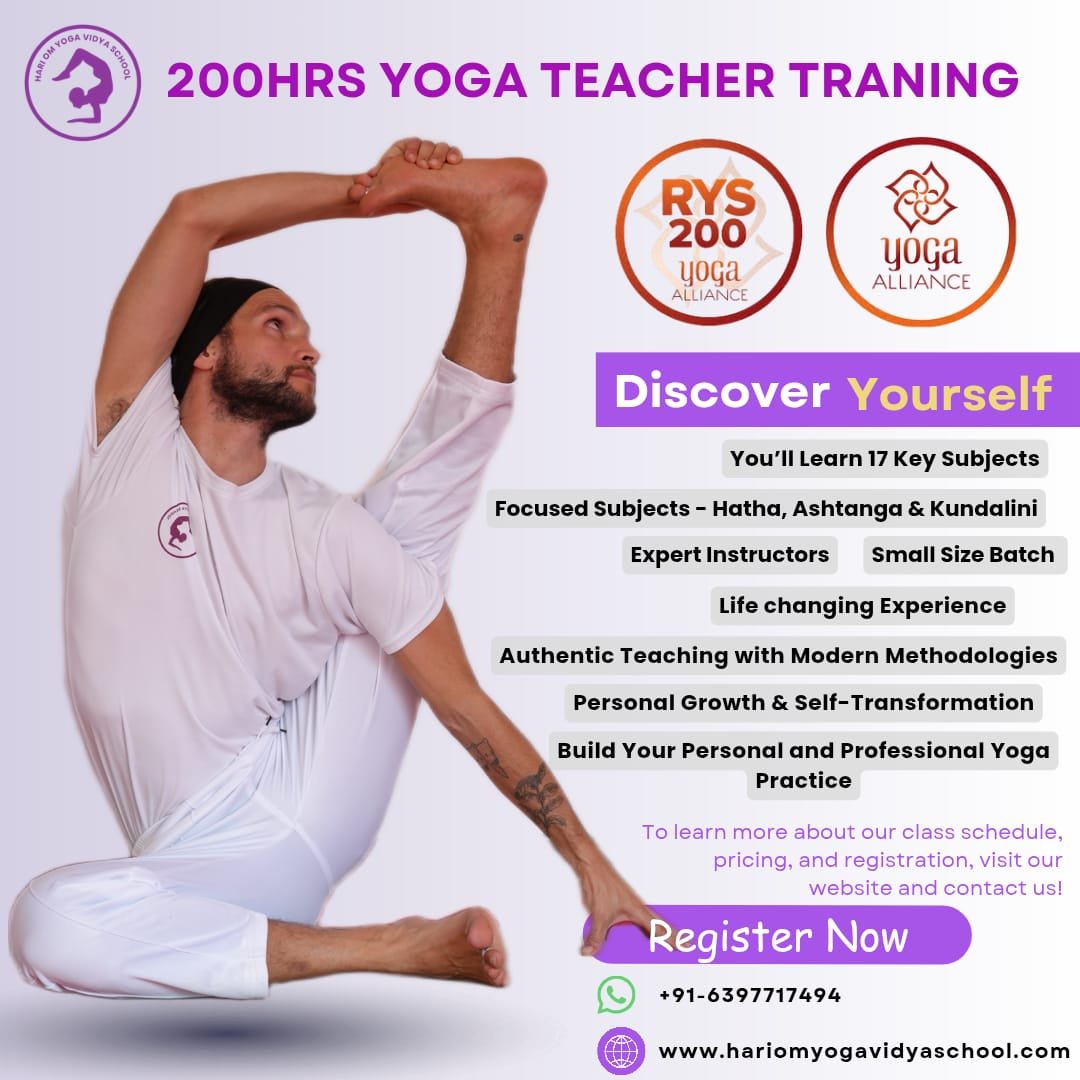Halasana – Plow Pose
Halasana also referred to as to as the Plow pose, is an asana that provides a full-body stretch. In this pose, your body is upside down, with the feet over the head. You can practice this asana at various times, before meditation, Pranayama, or sleep. It will help you to become stress free.
In this pose, almost every part of the body is doing something. You have to look at the knees, the feet are over the head, and your hip s are at a high position as well. It is traditionally a folded-inverted posture, which is practiced towards the end of a yoga session.
The name comes from Sanskrit language, where Hala means ‘plough’ and Asana means ‘pose’. Thus, this pose is called Plough pose in English. You will find out that the final pose depicts a plough, which is used in agriculture, in both Indian and South-Asian countries.
How To Do The Halasana?
It is very important that you perform all the asanas according to the instructions given by the expert teachers. The steps are given below:
- You have to start the asana or pose, by lying down flat on the ground. The legs should be close to one another. And the hands should also be close to the body.
- Your palms should face the floor, while you are preparing for the next steps. Breathe deeply, while you are in the pose.
- You have to raise both the legs together, while keeping them straight. Raise the buttocks and the lower legs above the head, and try to bring the feet in contact with the ground on the other side of the head.
- Raise both your arms to support your back. You should breathe normally, while doing this asana.
- If you are able to balance your body easily, then you can also perform the asana or pose, by keeping the hands on the floor, with palms facing downwards. You can hold the position for 30 seconds or more, depending upon your prowess.
- To go back to the original body pose, you have to lower the lower part of the body, like the legs and buttocks slowly, with the help of your hands. Relax.
Modifications and Variations of Halasana
In reality, very few modifications can be utilized while you are practicing Halasana.
- You can use blankets below the shoulders and the neck, to give the cervical spine some support. If done in this manner, you will be exerting less amount of pressure on the nerves.
- If you are unable to bring the toes of the feet, in contact with the ground, you can use blocks to emulate the final pose. It will help you to gain the complete benefits of the asana.
- You can also do the asana near a wall, so that your head will be atleast 1 foot from the wall. When you take your legs and buttocks backward, the feet can rest on the wall, for added support. It will give you better grip as well.
- You can also ask your peers or the yoga teacher, to help you to get to the final pose, by giving you a soft push.
You can do the slightly raised variation of the Viparita Karani Asana, as one of the possible variations. You will get all the benefits of an inverted pose, minus the excess strain on the neck and shoulders. Lie down on the floor, with your legs raised at right angles to the floor. You can place a block below the lower back or hips, to give the lower body a slight raise.
You have to hold the asana for 5 breaths in the final pose. You have to exhale, to lift the hips higher. Your gaze should be towards the knees or the chest.
Safety Precautions Decoded
- You have to maintain some distance between the back of the neck and the floor, to avoid any sort of injury. The cervical spine may otherwise get injured.
- When you are lifting your legs, you have to ensure that you squeeze the shoulder blades, to ease the lift. Once you have entered the final pose, you can expand the shoulder blades once again. This will also open up the sternum.
- Your shoulders should be near the ears, so that less pressure is exerted on the neck and the throat.
Who Should Avoid Practising Halasana?
Read More: Why Is Kundalini Yoga Dangerous? The Truth About Its Risks and Rewards
This asana is one of the intermediate series asanas of the Ashtanga Primary series. If you have been practicing Yoga for a long time, this will be the best one for you. And, you can practice it quite easily. However, you may have to read the contraindications, if you have body issues.
- If you are suffering from back problems, and had a surgery recently, it is best avoided.
- If you have weak or injured cervical muscles, you should avoid this pose.
- Expectant women should stay away from this asana. You cannot practice the asana, when you are having your menses.
- If you have an enlarged thyroid, liver or spleen, then also you should avoid this asana.
- If you suffer from high blood pressure, you should avoid the asana.
- If you suffer from Sciatica, you should avoid the asana.
- Moreover, if you have weak digestion, then also you should avoid the pose.
Benefits of Halasana or Plow Pose
You will get a variety of health benefits, from this Halasana or plow pose. They are;
- All the muscles that go into the practice of Halasana are strengthened and they also become more flexible. They are the leg muscles, back muscles, hamstrings, and neck.
- You will also lose extra weight around the abdomen, hips, and waist, through regular practice.
- Halasana also tends to improve hormonal functions.
- It activates the digestion due to the pressure, you exert on it, on inversion. Moreover, it also helps in the release of gas.
- Halasana also provides relief to those who suffer from Asthma.
You have to give the entire body a workout, so you get a full- body workout. All the organs of the body get benefitted from Halasana.
Deepen Your Yoga Practice with Hari Om Yoga Vidya School
Located in the heart of Rishikesh, Hari Om Yoga Vidya School is a place where ancient yogic wisdom meets modern teaching techniques. As a top yoga school in Rishikesh, we are committed to providing authentic, immersive yoga education in a peaceful, spiritual setting. Recognized as one of the best yoga schools in Rishikesh, we offer structured training programs designed to help you evolve in your practice, whether you are a beginner or an experienced yogi.
If you’re searching for a yoga school in Rishikesh that focuses on holistic learning, experienced teachers, and a supportive community, look no further!
Read More: Everything You Need to Know About Kundalini Yoga Teacher Training
Explore Our Yoga Teacher Training & Retreats
At Hari Om Yoga Vidya School, we offer a range of courses tailored for different levels of practitioners:
✅ 100-Hour Yoga Teacher Training in Rishikesh – A foundational course for those looking to begin their yoga journey.
✅ 200-Hour Yoga Teacher Training in Rishikesh – An internationally recognized certification for aspiring yoga teachers.
✅ 300-Hour Yoga Teacher Training in Rishikesh – Advanced training to deepen your practice and refine your teaching skills.
✅ 7-Day Yoga Retreat in Rishikesh – A rejuvenating escape into yoga, meditation, and self-discovery.
✅ 10-Day Yoga Retreats in Rishikesh – A transformative experience that blends yoga, relaxation, and Himalayan serenity.
Join us for a life-changing experience and become part of our global yoga family! 🌿✨



